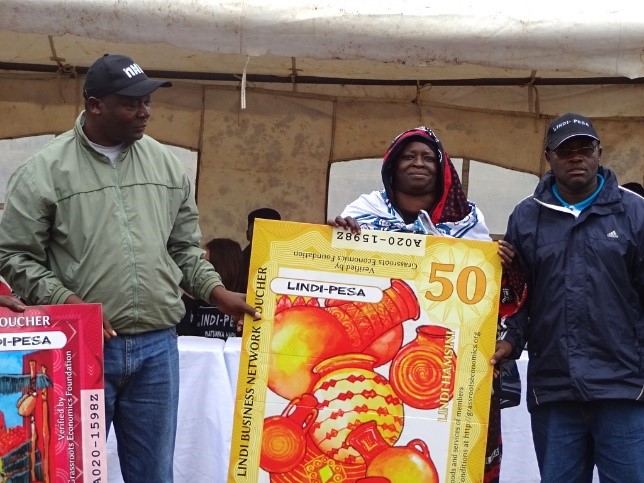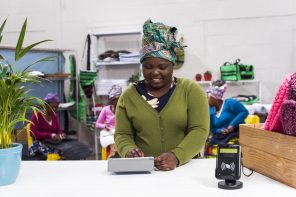Living under the poverty line is worryingly common worldwide. World Bank states that 12.7% of the world’s population lived at or below $1.90 a day. This means that 896 million people live on less than $1.90 a day. And in sub-saharan Africa, most of these people live in slums. Such communities are riddled with a myriad of problems, but this writer asks, “How can they survive financially with such little income?” These are usually casual labour workers who have to walk all the way into the city and search for work. Even when they do find work, their meagre earnings are still not enough.
However, an innovative and fairly simple idea is coming to their rescue: complementary currency.
According to the Bank of England, “local” or “complementary” currency schemes generally aim to promote local economic activity by implementing a payment mechanism (often including physical vouchers) that can be used for purchases from local businesses. The concept of complementary currency is that the payment arrangement encourages consumers to purchase goods and services from local businesses that in turn purchase goods and services from local suppliers, or pay their staff partly with the local currency. The intention is that the scheme creates a “positive multiplier” effect, keeping spending within the local area.
This idea originated in the U.S.A. as a pilot program and upon its success, it was introduced in South Africa with the aim of promoting business and entrepreneurial endeavours within certain communities. It first premiered in Kenya as Bangla-Pesa in 2010 when it was rolled out in three villages in Mombasa, ShauriYako, MaziMmoja, and Kisumu Ndogo. The initiative has since gained ground slowly but surely. Kibera slum (the largest urban slum in Africa) have joined these communities with their “LindiPesa” which operates in one of the 13 neighbourhoods of the slum, Lindi. It was launched in August 2015.
The notes look and feel like real money and are used in place of actual Kenya Shillings. The system works on a member and voucher system in which vouchers represent a certain amount of money and only registered members are allowed to access and utilize the currency. The lowest Lindi-Pesa amount is Kshs. 5 ($0.05) and the highest is Kshs. 20 ($0.2). These vouchers help to ease the strain of daily business costs while making it easier for business owners to save their national currency in order to grow their stock and expand their businesses. The initiative also gives out loans to help members with capital and other business related expenses.
To become a member, one has to fill out a simple application form that asks for personal details, the nature of their business, how long it has run, the margin of profit and their dependents who can help with accountability. Additionally, one must pay Kshs.100 ($1) as a one-time registration fee.
Within only three months of being in circulation, the currency has already gained a bustling network of over
There have been some challenges, however. People in the area do not know how exactly the currency works and the benefits that can be accrued. Despite all this, Grassroots Economics which is the organization that started this initiative is optimistic about its ultimate success.





